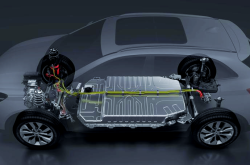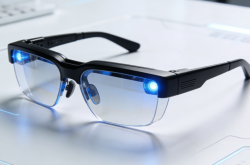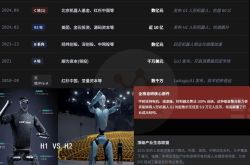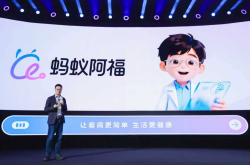Intelligent and Electric New Cars Dominate in the Fierce September-October Car-Buying Season, Reshaping the Automotive Market
![]() 09/12 2025
09/12 2025
![]() 614
614
Lead | Lead
The automotive market in September has seen an unprecedented surge in new car launches, marking the most intense wave of the year. From the rugged off-road Tank 500 Hi4-T to the tech-savvy flagship Hyper A800, over 20 highly anticipated new models have flooded the market, with full-domain intelligent driving technologies making their grand debut on a mass scale. Amidst a backdrop of price wars and technological rivalries, will this 'sprint race'—carrying the hopes of automakers for the entire year—ignite consumers' enthusiasm for car purchases, or will it plunge the market into even fiercer competition?
Published by | Heyan Yueche Studio
Written by | Cai Jialun
Edited by | He Zi
Full text: 1,960 characters
Reading time: 3 minutes
The 2025 Chengdu Auto Show has just wrapped up, and the automotive market has now entered its traditional peak sales season, known as 'Golden September and Silver October.' Major manufacturers are seizing this golden opportunity to unveil their heavyweight new models, hoping to secure a larger market share. This year's automotive market is witnessing fierce competition, with each automaker showcasing its unique strengths and innovations.
Data reveals that at least 20 new models were launched or upgraded in September this year, with new energy vehicles (NEVs) accounting for over 70%. The wave of intelligence and electrification has arrived, subtly altering the trajectory of the domestic automotive market.
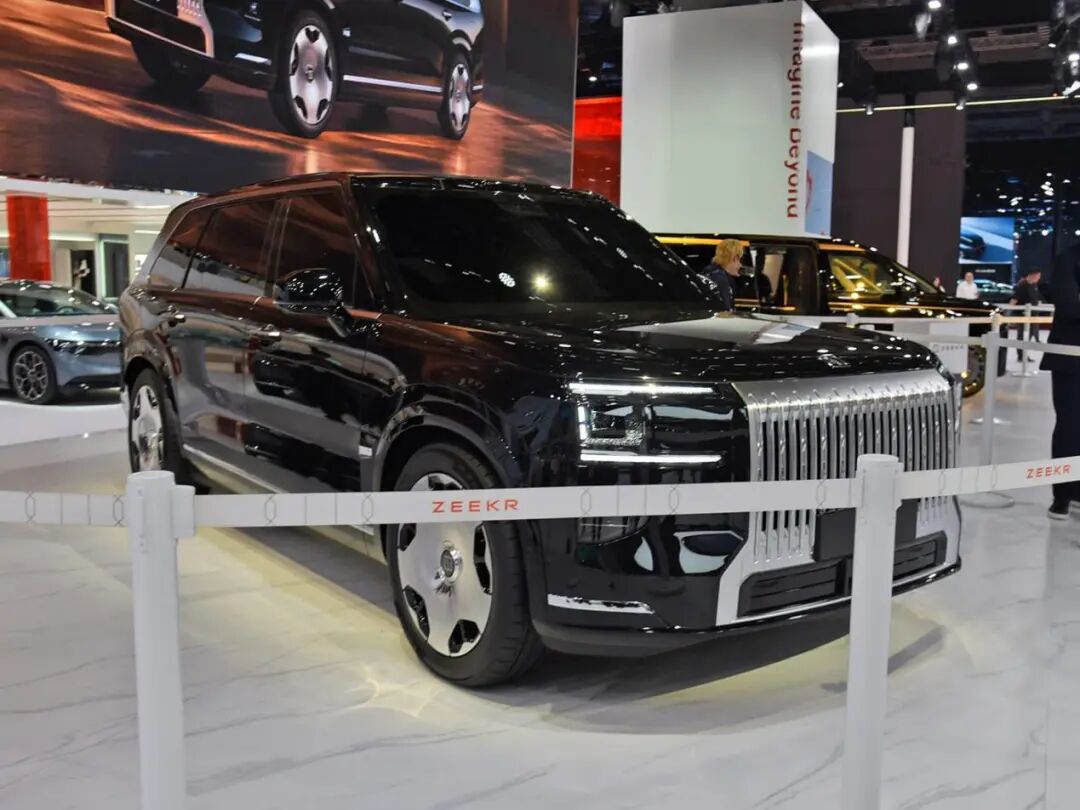
△ The proportion of new energy vehicle models is notably higher in the automotive market during 'Golden September and Silver October.'
The Market Enters a New Phase
The Chinese automotive market is currently at a historic turning point. The latest data from the China Passenger Car Association (CPCA) indicates that in August 2025, the retail penetration rate of new energy passenger vehicles in China reached 55.3%, a significant increase of 12.7 percentage points year-on-year. This milestone marks the official surpassing of traditional fuel vehicles by new energy vehicles in terms of consumption, establishing NEVs as the dominant force in the domestic market. During the 'Golden September and Silver October' period, automakers' strategies for launching new models have clearly shifted towards electrification. According to industry data, over 20 new models were launched this month, spanning a wide price range from below 100,000 yuan to over 300,000 yuan. New energy vehicles have emerged as the absolute protagonists in the market, accounting for over 70% of the announced models and encompassing various technology routes, including pure electric, plug-in hybrid, and extended-range electric vehicles.
On September 8th, the 'intelligent electric all-wheel-drive sedan' Lynk & Co 10 EM-P was launched. Built on the CMA Evo architecture, this new model comes standard with LiDAR and NVIDIA Thor chips, securing 12,900 orders within just 24 hours of pre-sale. The following day, BYD's Fangchengbao Titan 7 was officially launched, featuring a new-generation intelligent ecosystem and a starting price of 179,800 yuan, positioning it as a strong competitor in the SUV market around the 200,000 yuan price range. Additionally, other notable new models recently launched by major automakers include the Geely Galaxy M9, with a pre-sale price range of 193,800-258,800 yuan and positioned as a large SUV; the all-new AITO M7, with a pre-sale price starting at 288,000 yuan and offering both extended-range and pure electric versions; and the Zeekr 9X, with a pre-sale price range of 479,900-569,900 yuan and positioned as a full-size flagship SUV, which received over 40,000 orders within just one hour of pre-sale. These models are all outstanding representatives of new energy vehicles and are expected to perform exceptionally well in sales. There was a time when the 'Golden September and Silver October' car-buying frenzy was dominated by fuel vehicles, with their market share often exceeding half. However, today, the market dominance is irreversibly shifting towards new energy vehicles, disrupting the existing market structure.
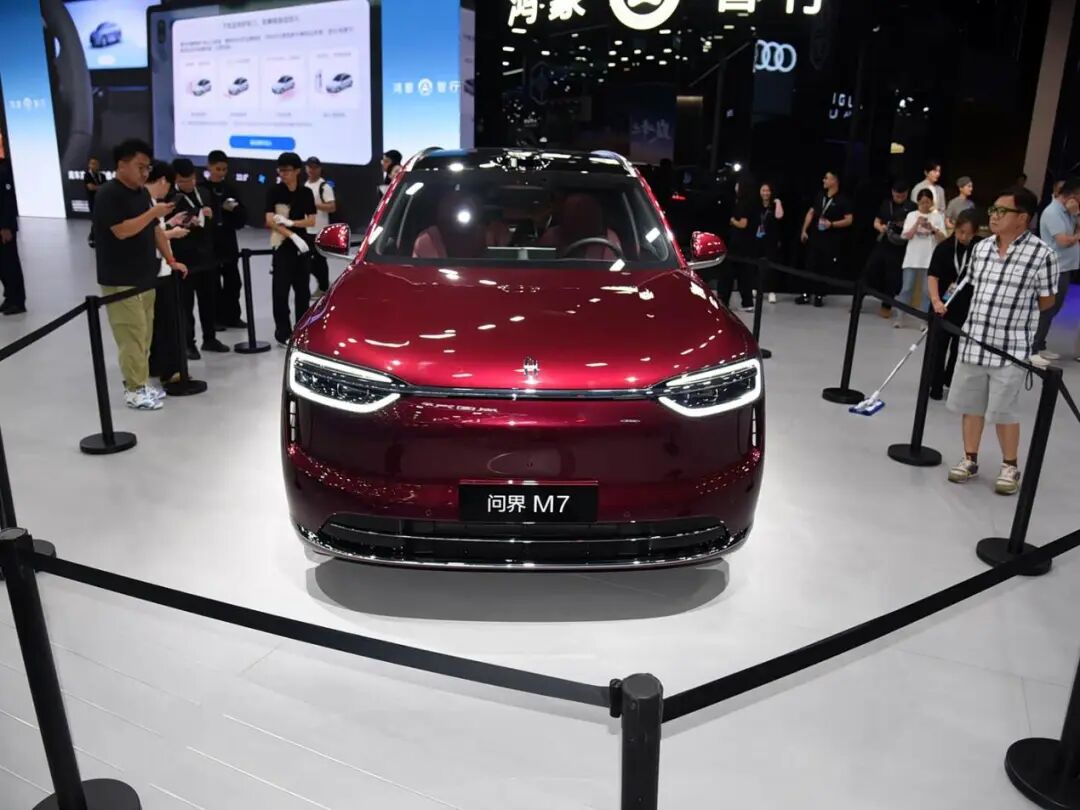
△ The all-new AITO M7 has become one of the most anticipated new models in September.
Electrification and intelligence are inextricably linked. A report from the Passenger Car Market Information Joint Branch of the China Automobile Dealers Association reveals that in the first half of this year, the installation rate of L2-level and above assisted driving functions in new energy passenger vehicles in China reached 82.6%, making intelligent configurations the biggest selling point of new energy models. At the 2025 World Intelligent Industry Expo held in Chongqing, participating companies showcased a series of innovative achievements in the automotive industry. AI large models are accelerating their integration into vehicles, which are gradually acquiring 'emotional perception' capabilities. Through sensors and visual recognition technology, vehicles can monitor drivers' emotional states in real-time and automatically adjust ambient lighting, fragrances, etc. For instance, Changan Automobile's developed One Agent intelligent architecture has established a pathway from speech recognition to logical reasoning and ecological invocation. The Geely Galaxy M9 is equipped with a full-scenario AI Agent and the industry's first 'end-to-end AI voice large model'; the AITO M7 is equipped with Huawei ADS 4 Qiankun Intelligent Driving and standard LiDAR; and the Zeekr 9X is equipped with the Qianli Haohan H9 Intelligent Driving System, dual Thor chips, and five LiDAR sensors.
The 'human-vehicle-home' ecosystem is also transitioning from concept to large-scale implementation. The 'human-vehicle-home' smart cockpit solution jointly developed by China Mobile Chongqing and Seres Automobile allows users to control smart devices at home in real-time while in the car. When the vehicle enters a 5-kilometer radius of the residence, it triggers the 'home mode' and automatically preset the home environment. Based on the data from the automotive market in September this year, the market transformation is undeniable, with new energy dominance and intelligent integration reshaping the new landscape of the automotive industry.
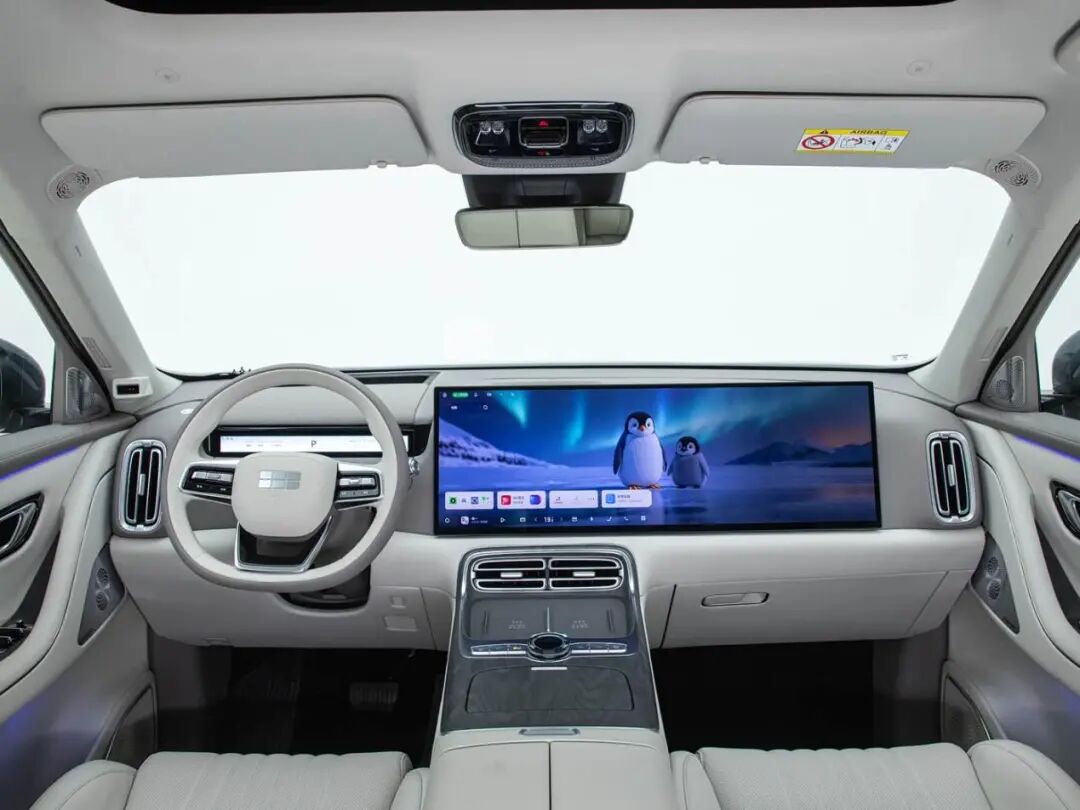
△ The Geely Galaxy M9 is equipped with a full-scenario AI Agent.
Clash of the Old and New Kings
The Chinese automotive market in September clearly demonstrates the profound transformation in the competitive landscape between independent and joint-venture brands. Independent brands have taken the lead by leveraging comprehensive innovations and precise market layouts in the fields of electrification and intelligence. Data from the China Passenger Car Association shows that in August, retail sales of independent brands reached 1.32 million units, up 9% year-on-year, with a domestic retail market share of 65.7%. In contrast, the new energy vehicle penetration rate among mainstream joint-venture brands was only 6.6%, forming a stark contrast with the 76% penetration rate of independent brands.
The advantages of independent brands are concentrated in technological breakthroughs and product matrices. BYD's 'megawatt flash charging' technology directly addresses users' pain points in energy replenishment, while Changan Automobile has achieved 'multiple blooms' through a multi-brand strategy. At the Chengdu Auto Show, independent brands showcased their global competitiveness in terms of range, smart cockpits, and core technologies, and began to rewrite the luxury car market standards dominated by foreign brands.
In contrast, although joint-venture brands are actively responding with localized innovations, such as SAIC-GM Buick's implementation of a 'one-price' model to enhance price transparency, BMW's development of an operating system X equipped with Alibaba's large model specifically for the Chinese market, and Audi's reduction of the starting price of its pure electric model, the AUDI E5 Sportback, to 235,900 yuan in a bid to 'exchange price for volume,' the overall response has been insufficient to shake the leading position of independent brands. Although joint-venture brands still possess a solid foundation and are accelerating their localized research and development, if they fail to achieve fundamental breakthroughs in the iteration speed of electrified products and the intelligent user experience, it will be challenging for them to reverse the market trend in the short term. The competitive paradigm of the Chinese automotive market has been thoroughly reshaped.
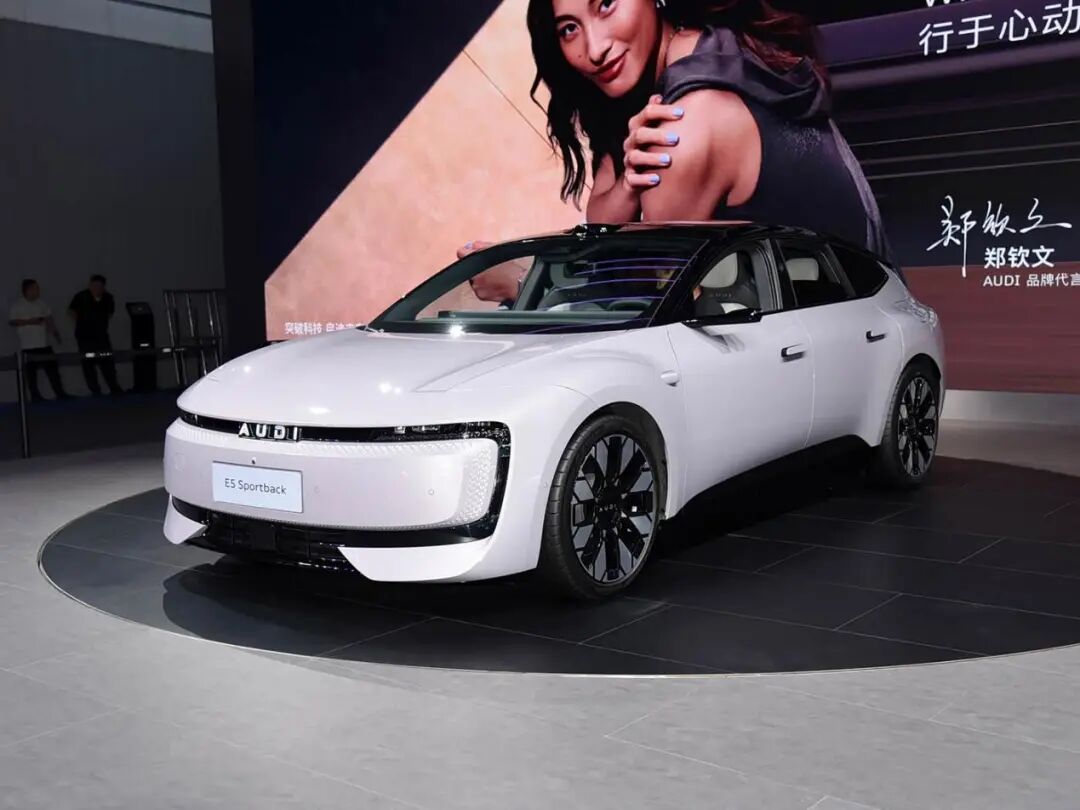
△ The pure electric model AUDI E5 Sportback adopts a 'price-for-market' strategy.
Commentary
The competition in the automotive market in September this year has transcended mere product competition and evolved into a comprehensive reconstruction of the industrial ecosystem. Independent brands have taken the initiative with their early advantages in electrification and intelligence, but joint-venture brands are accelerating their localization transformations. The key to future competition will lie in the depth of integration between technological breakthroughs and user experience. This transformation is not only reshaping the domestic automotive market landscape but also providing a valuable 'Chinese model' for the global automotive industry's transformation.
(This article is original to 'Heyan Yueche' and may not be reproduced without authorization)

